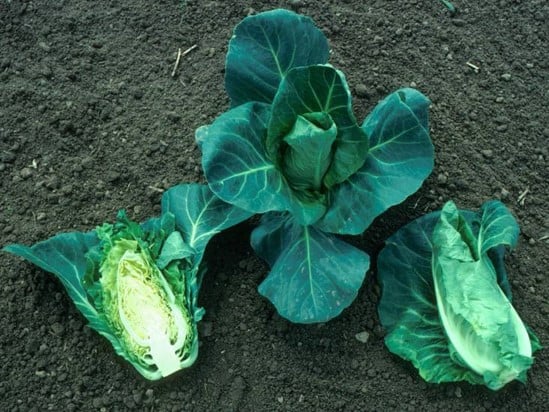Brassica oleracea (Capitata Group) 'Hispi'
cabbage 'Hispi'
A compact, leafy biennial grown as an annual vegetable. This F1 hybrid is a summer cabbage with a dense, pointed head and smooth, dark green leaves. Can be harvested from late spring to early autumn depending on sowing time

Buy this plant
Size
Ultimate height
0.1–0.5 metresTime to ultimate height
1 yearUltimate spread
0.1–0.5 metresGrowing conditions
Moisture
Moist but well–drainedpH
Alkaline, NeutralColour & scent
| Stem | Flower | Foliage | Fruit | |
| Spring | Green | |||
|---|---|---|---|---|
| Summer | Green | |||
| Autumn | Green | |||
| Winter |
Position
- Full sun
Aspect
South–facing or West–facing
Exposure
Exposed or Sheltered Hardiness
H2Botanical details
- Family
- Brassicaceae
- Native to GB / Ireland
- No
- Foliage
- Evergreen
- Habit
- Bushy
- Genus
Brassicas can be annual, biennial or perennial plants, most are upright with alternate, often glaucous leaves, long taproots and clusters of cross-shaped, yellow or white flowers. The genus includes a number of species bred to produce food crops, such as cabbages, turnips, mustards and oilseed rape, as well as others grown for their ornamental value
- Name status
Accepted
How to grow
Cultivation
Grow in firm, fertile soil in an open, sunny spot. Where possible, avoid growing brassicas in the same soil year on year, to prevent the build up of soil-borne diseases. See the RHS A-Z Guides to vegetable cultivation for more detailed advice
Propagation
Propagate by seed. See sowing vegetable seeds
Suggested planting locations and garden types
Pruning
No pruning required
Pests
May be susceptible to cabbage root fly, cabbage caterpillars, cabbage whitefly, mealy cabbage aphid and slugs and snails
Diseases
May be susceptible to club root, particularly in acidic soil
Get involved
The Royal Horticultural Society is the UK’s leading gardening charity. We aim to enrich everyone’s life through plants, and make the UK a greener and more beautiful place.